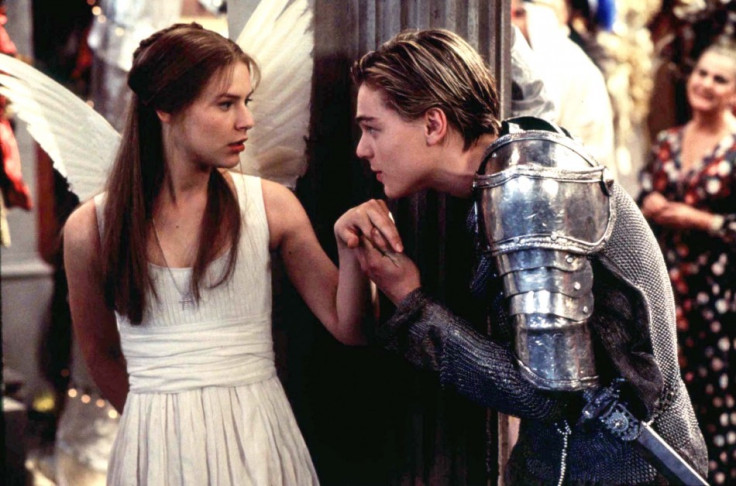Romanian ‘Romeo and Juliet’ Skeletons Found in Time for Shakespeare’s 449th Birthday

Romeo and Juliet skeletons have been discovered in a Romanian graveyard just in time for William Shakespeare's birthday.
The male and female skeletons were found together holding hands in a Cluj-Napoca monastery during an excavation by a team from the Archaeology Institute and the Cluj National History Museum.
Shakespeare would have turned 449 if he was still alive today and celebrations to mark his birthday have been taking place across the country.
Recognising one of the Bard's most famous works, the Romanian archaeology team have dubbed the skeletons Romeo and Juliet.
Adrian Rusu, lead archaeologist on the dig, told the Romanian Insider that the couple would have lived between 1450 and 1550 based on the grave's position in relation to the monastery.
Shakespeare's tragedy was first published years later in 1597 and tells the tale of star-crossed lovers who commit suicide because they are forbidden from being together.
While the archaeologists do not believe the pair killed themselves, they do think a tragedy befell them - with 'Juliet' dying from a broken heart.
Rusu said: "A young couple of around 30 years of age, a man and a woman buried together, facing each other and holding hands.
Heart attack
"It's a strange case, a sort of Romeo and Juliet. The man appears to have died in an accident as the sternum was broken by a blow from a blunt object and the woman buried with him could have had a heart attack on hearing the news. There isn't really any other explanation for her death."
Rusu also pointed out that suicide would have been considered a sin at the time and they would not have been buried together had this been a cause of death.
Another set of Romeo and Juliet skeletons were discovered locked in an embrace in 2007, 25 miles from the city of Verona, where Shakespeare set the play.
The 5,000-year-old skeletons dated to the late Neolithic period. Forensic evidence suggested they were a young man and woman.
Elena Menotti, the archaeologist who led the dig, said: "As far as we know, it's unique. Double burials from the Neolithic are unheard of, and these are even hugging."
"It was a very emotional discovery. From thousands of years ago we feel the strength of this love. Yes, we must call it love."
© Copyright IBTimes 2024. All rights reserved.






